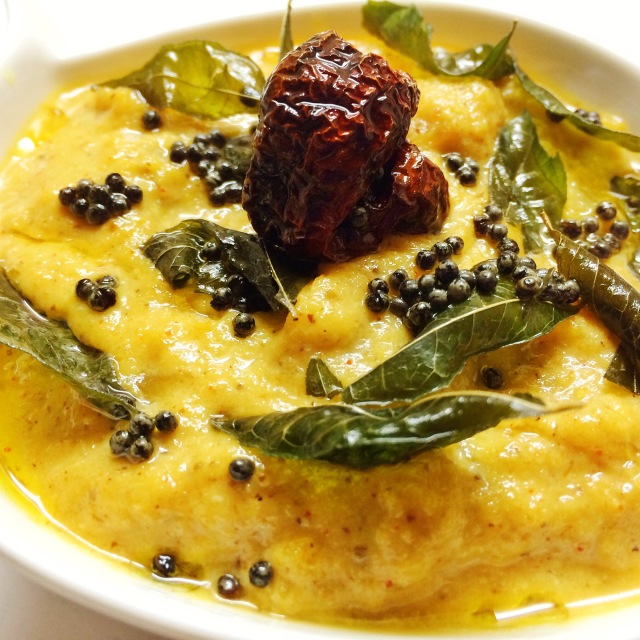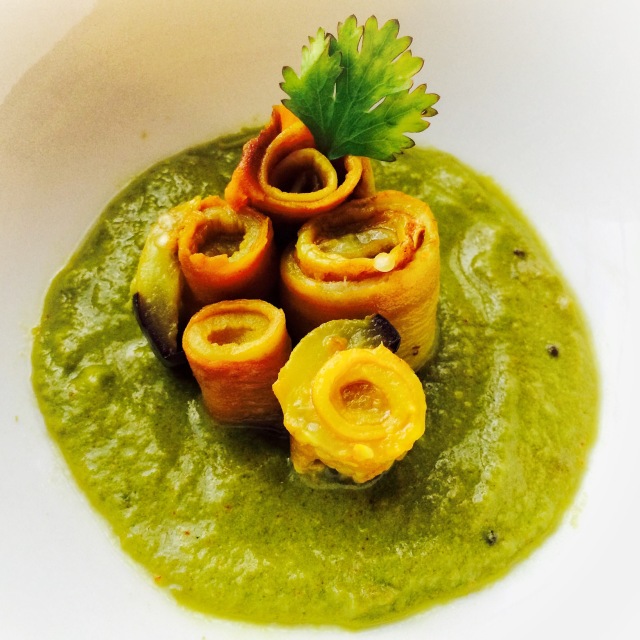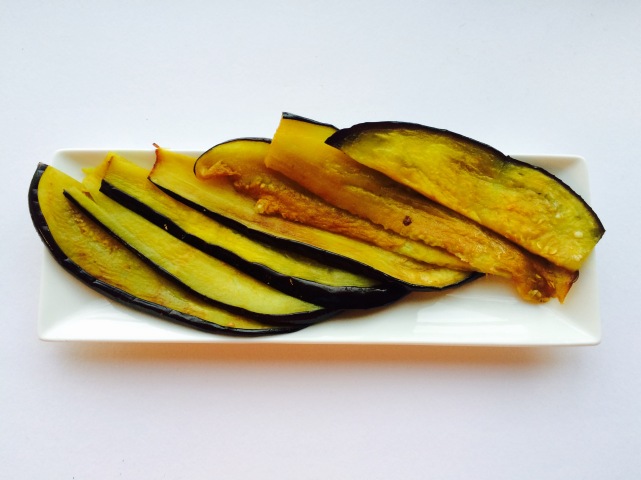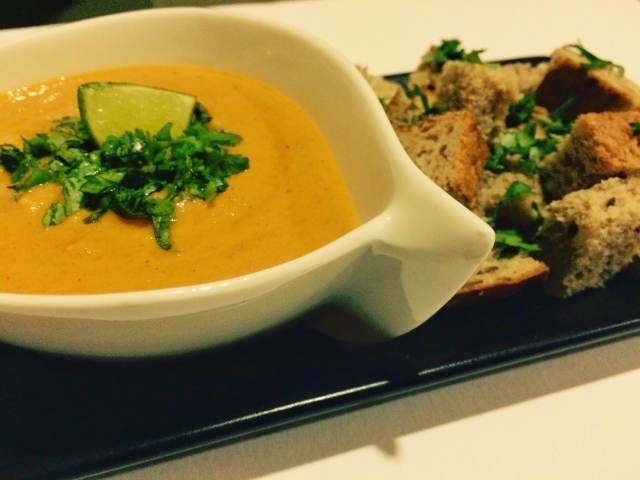Gulab jamun immediately brings to mind succulent, melt-in-the-mouth, fried milky fritters exploding with rose-tainted sugar syrup.
An incredibly popular dessert in the Indian subcontinent, it is frequently made during festive or celebratory seasons.
Homemade gulab (rose) jamun (dumpling/kofta) is usually made up of powdered milk and clarified butter (ghee); kneaded to form a dough, moulded into balls, deep fried and dropped into simmering sugar and rose water syrup.
I have a penchant for Indian sweets, and well-made moist gulab jamuns are one of my absolute favourites.
My mum had given me two small packets of ready-to-mix gulab jamuns the last time she was in town.
While I really wanted to experiment and give a twist to the well-known sweet, at the same time I also wanted to enjoy the original version.
So the first packet went in making the original version, with no experimentation whatsoever.
After satisfying my (incredibly Indian) sweet tooth, I set out to experiment with the second batch, which is what this post is all about.
I wanted to make a savoury dish out of the jamuns – my rationale was, when jamuns are fried, they are essentially kofta – so be it dipped in sugar syrup or a gravy, I assumed it would work either way.
Bored of making the traditional tomato gravy for my koftas, this time round, it was green (i.e. spinach). Additionally, I wanted the gravy to have a mildly tart and smoky taste, so lemon and fire-roasted peppers were my solution.
Lastly, the jamun itself: I did not want to just fry them. That would be too simple for an experiment.
So I stuffed them with cream cheese and raisins (my estimated guess was that they will complement the milky nature of the jamuns) before tossing them into the pan to sizzle and golden.
End result: Pretty good actually, and a dish that is bound to stun. My friends loved it, and I’m sure you will too!

Ingredients:
Gulab jamun kofta (makes 3):
- Gulab jamun ready mix: 100 gms packet
- Cream cheese: 1 wedge, divided into 3 equal portions
- Golden raisins: 3
- Oil: for shallow frying
- Ghee: 1 tsp (optional)
Spinach and roasted piquillo pepper purée:
- Spinach leaves: 1/2 bunch, cleaned
- Red piquillo pepper: 2
- Red onion: 1/2 medium, thinly sliced
- Garlic: 1 small clove, crushed
- Cinnamon: 1 small piece
- Cardamom: 1 small pod
- Clove: 3-4
- Lemon juice: 1-1.5 tsp
- Salt: To taste
- Oil: 1.5-2 tbsp
Method:
Gulab jamun kofta:
- Knead the gulab jamun mix with minimal water till it forms a soft pliable dough, with no cracks
- Divide the dough into 3 equal portions and keep aside (covered, to prevent it from drying up)
- Slightly flatten cream cheese onto your palm and place a raisin into it
- Fold the cream cheese over the raisin into a ball
- Lightly grease your hands with ghee/oil
- Take a portion of dough and slightly flatten it onto your palms
- Place the cream cheese/raisin ball into it and wrap the dough around the stuffing
- Lightly roll the dough in your palms to ensure a smooth ball
- Repeat above with remaining dough
- Heat oil (sufficient for shallow frying) to medium temperature
- Place jamun (one at a time) into the pan and shallow fry under medium-low flame till all sides are golden brown
- Drain and keep aside

Spinach and roasted piquillo pepper purée:
- First, blanch spinach leaves:
- Place spinach leaves in the boiling water, and allow them to boil for 30 seconds to 1 minute, until you see a bright green color
- Drain the excess water from spinach and put it into ice water bath for a few minutes, till it is no longer warm (this will stop the cooking process, keep the spinach tender, and retain the nutrients)
- Squeeze the spinach to remove excess water
- Keep aside
- Next, cook piquillo peppers on open flame till the surface completely chars:
- Place peppers in a dish and cover with saran wrap, allowing the peppers to ‘sweat’ for 10 minutes
- In the meanwhile, cook garlic and onions with 1/2 tbsp oil under low-medium flame till onion starts to caramelise (ensure that the garlic and onions do not burn). Switch off flame
- After 10 minutes, remove the peppers and using the blunt side of the knife, gently scrape away the charred surface:

- Chop off the pepper stems and remove inner seeds, if any
- Blitz: Blanched spinach, piquillo peppers, garlic and onions (add little water, if required – the consistency should be puree-like)
- Heat 1 tbsp oil and add cinnamon, cardamom pod and cloves
- Cook under low flame till oil aromatises and add the puree
- Cook under low-medium flame for 5-10 minutes, stirring occasionally to ensure it doesn’t burn
- Add lemon juice and salt to taste
- Switch off heat
To serve:
- Plate purée onto a wide dish/bowl and place kofta on top of it
- Serve hot with rice or roti’s
- Note: The kofta’s are best eaten in its fresh and crisp form
- Bon appetite! 🙂
















